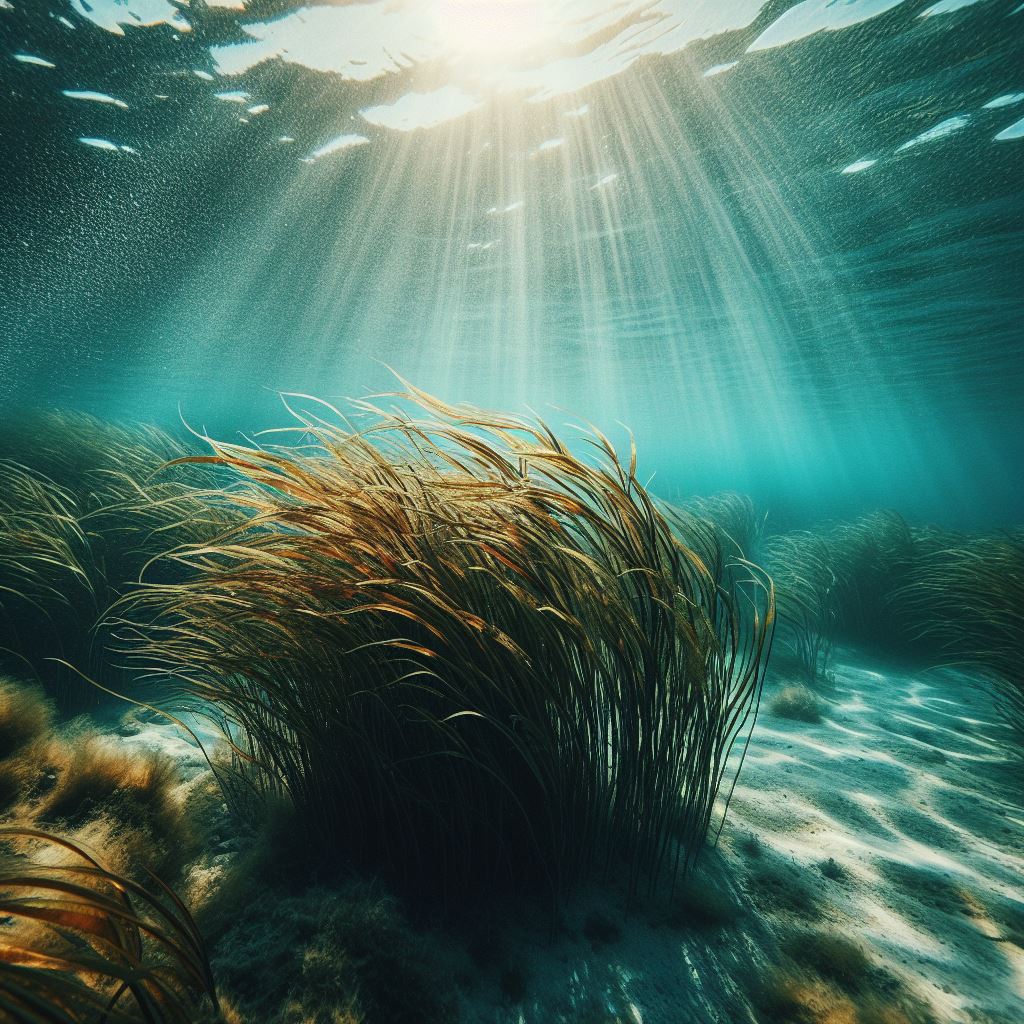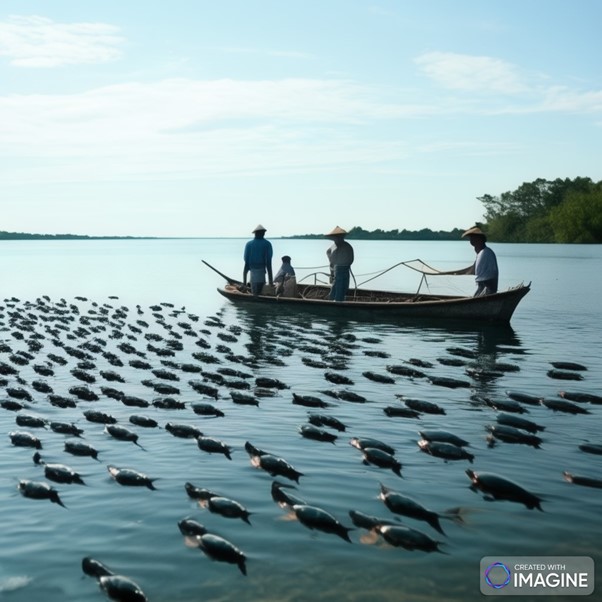Article By: Farah Izana Abdullah
Aquaculture plays a crucial role in addressing the challenges associated with disease outbreaks within fish populations. As the demand for seafood continues to rise globally, the intensification of aquaculture practices has also increased the risk of diseases affecting farmed fish. Understanding and effectively managing these challenges are essential for sustaining the industry and ensuring a stable supply of fish for human consumption. Here are key aspects of the role of aquaculture in dealing with disease incidents:
- Disease Prevention and Biosecurity Measures:
- Aquaculture facilities implement stringent biosecurity measures to prevent the introduction and spread of diseases. These measures include controlling water quality, monitoring the health of the stock, and implementing quarantine protocols for new fish introductions.
- Vaccination Programs:
- Similar to terrestrial livestock, aquaculture has embraced vaccination programs as a proactive measure against specific diseases. Developing and administering vaccines tailored to the needs of different fish species contribute to building immunity and reducing the impact of diseases.
- Genetic Improvement for Disease Resistance:
- Selective breeding programs aim to enhance the genetic resistance of fish to common diseases. Breeding for disease resistance contributes to the development of robust and resilient fish populations, reducing the susceptibility to infections.
- Monitoring and Early Detection:
- Regular monitoring of fish populations and early detection of potential disease outbreaks are essential components of disease management in aquaculture. Advanced technologies, such as real-time monitoring systems and diagnostic tools, aid in timely identification and response.
- Quarantine and Treatment Protocols:
- Quarantine procedures are established to isolate new fish stocks before their introduction to existing populations, minimizing the risk of disease transmission. In cases of disease outbreaks, effective treatment protocols are implemented to mitigate the impact and prevent further spread.
- Research and Development:
- Ongoing research in aquaculture focuses on understanding the biology of pathogens, improving diagnostic methods, and developing new disease management strategies. This continuous learning and innovation contribute to more effective disease control in aquaculture.
- Collaboration and Information Sharing:
- The aquaculture industry encourages collaboration among stakeholders, including farmers, researchers, and regulatory bodies. Information sharing regarding disease incidents, best practices, and successful management strategies enhances the collective ability to address and control diseases.
By actively addressing disease challenges, aquaculture not only ensures the health and well-being of farmed fish but also contributes to the overall sustainability of the industry. The adoption of preventive measures, coupled with ongoing research and collaboration, strengthens the resilience of aquaculture systems in the face of disease threats.

Date of Input: 19/01/2024 | Updated: 17/04/2024 | izana.abdullah
MEDIA SHARING





























